 Welcome
Welcome
“May all be happy, may all be healed, may all be at peace and may no one ever suffer."
Hydrocephalus
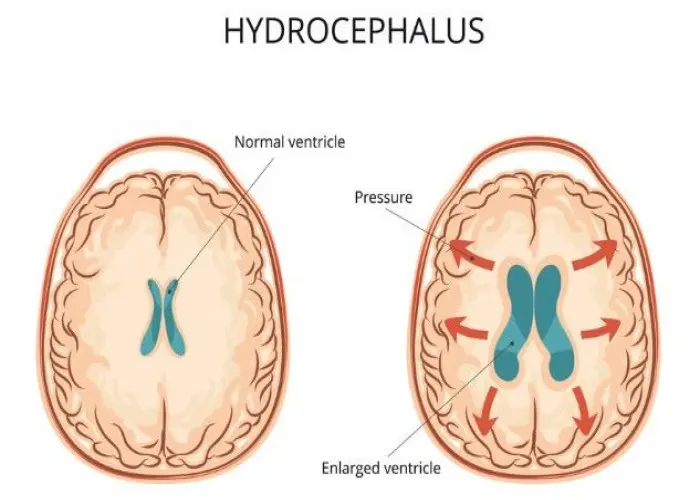
Hydrocephalus is a condition characterized by the accumulation of cerebrospinal fluid (CSF) within the ventricles of the brain, which can result in increased pressure on the brain. This can occur due to an imbalance in the production and absorption of CSF, or due to a blockage in the normal flow of CSF.
Hydrocephalus can be congenital, meaning it is present at birth, or it can be acquired later in life. In infants and young children, hydrocephalus can be caused by genetic abnormalities, infections, bleeding in the brain, or problems with brain development. In older adults, hydrocephalus can be caused by head injuries, infections, tumors, or other underlying medical conditions.
Symptoms of hydrocephalus can vary depending on the underlying cause and the severity of the condition. In infants and young children, symptoms may include an enlarged head, poor feeding, seizures, irritability, and developmental delays. In older children and adults, symptoms may include headache, nausea, vomiting, difficulty with balance and coordination, and cognitive impairment.
Treatment for hydrocephalus typically involves surgical placement of a shunt, which is a device that helps drain excess CSF from the brain and reduce pressure. Other treatments may include medications to reduce the production of CSF, or surgery to remove an obstruction in the flow of CSF.
Early diagnosis and treatment of hydrocephalus is important to prevent permanent brain damage and to improve outcomes. If you or someone you know is experiencing symptoms of hydrocephalus, it is important to speak with a healthcare provider for an accurate diagnosis and appropriate treatment.
Research Papers
Disease Signs and Symptoms
- Large head
- Loss of appetite
- Poor coordination
- Abnormal eye movement
- Double vision (diplopia)
- Headaches
- Seizures
- Irritability
- Nausea or vomiting
- Memory loss
Disease Causes
Hydrocephalus
Hydrocephalus is caused by an imbalance between how much cerebrospinal fluid is produced and how much is absorbed into the bloodstream.
Cerebrospinal fluid is produced by tissues lining the ventricles of the brain. It flows through the ventricles by way of interconnecting channels. The fluid eventually flows into spaces around the brain and spinal column. It's absorbed primarily by blood vessels in tissues on the surface of the brain.
Cerebrospinal fluid plays an important role in brain function by:
- Keeping the brain buoyant, allowing the relatively heavy brain to float within the skull
- Cushioning the brain to prevent injury
- Removing waste products of the brain's metabolism
- Flowing back and forth between the brain cavity and spinal column to maintain a constant pressure within the brain — compensating for changes in blood pressure in the brain
Too much cerebrospinal fluid in the ventricles occurs for one of the following reasons:
- Obstruction. The most common problem is a partial blockage of the flow of cerebrospinal fluid, either from one ventricle to another or from the ventricles to other spaces around the brain.
- Poor absorption. Less common is a problem with absorbing cerebrospinal fluid. This is often related to inflammation of brain tissues from disease or injury.
- Overproduction. Rarely, cerebrospinal fluid is created more quickly than it can be absorbed.
Disease Prevents
Disease Treatments
One of two surgical treatments can be used to treat hydrocephalus.
Shunt
The most common treatment for hydrocephalus is the surgical insertion of a drainage system, called a shunt. It consists of a long, flexible tube with a valve that keeps fluid from the brain flowing in the right direction and at the proper rate.
One end of the tubing is usually placed in one of the brain's ventricles. The tubing is then tunneled under the skin to another part of the body — such as the abdomen or a heart chamber — where the excess fluid can be more easily absorbed.
People who have hydrocephalus usually need a shunt system for the rest of their lives. They require regular monitoring.
Endoscopic third ventriculostomy
Endoscopic third ventriculostomy is a surgical procedure that can be used for some people. The surgeon uses a small video camera see inside the brain. Your surgeon makes a hole in the bottom of one of the ventricles or between the ventricles to enable cerebrospinal fluid to flow out of the brain.
Complications of surgery
Both surgical procedures can result in complications. Shunt systems can stop draining cerebrospinal fluid or poorly regulate drainage because of mechanical problems, blockage or infections. Complications of ventriculostomy include bleeding and infections.
Any failure requires prompt attention, surgical revisions or other interventions. Fever or recurrence of the original symptoms of hydrocephalus should prompt an appointment with your doctor.
Other treatments
Some people with hydrocephalus, particularly children, might need additional treatment, depending on the severity of long-term complications of hydrocephalus.
Children's care teams might include the following:
- Pediatrician or physiatrist, who oversees the treatment plan and medical care
- Pediatric neurologist, who specializes in the diagnosis and treatment of neurological disorders in children
- Occupational therapist, who specializes in therapy to develop everyday skills
- Developmental therapist, who specializes in therapy to help your child develop age-appropriate behaviors, social skills and interpersonal skills
- Mental health professional, such as a psychologist or psychiatrist
- Social worker, who assists the family with getting needed services and planning for transitions in care
Children who are in school will likely need special education teachers, who address learning disabilities, determine educational needs and identify needed resources.
Adults with more-severe complications also might need the services of occupational therapists, social workers, specialists in dementia care or other medical specialists.
Disease Diagnoses
Disease Allopathic Generics
Disease Ayurvedic Generics
Disease Homeopathic Generics
-
Helleborus
6, 30 strength.
-
Aconite
6 strength.
-
Belladonna
30 strength.
-
Bryonia alba
6, 30 strength.
-
Apis mellifica
30 strength.
-
Stramonium
6, 30 strength.
-
Calcarea carbonica
6 strength.
-
Zincum metallicum
6, 30 strength.
-
Opium
6, 30 strength.
-
Tuberculinum
30, 200 strength.
Disease yoga
Hydrocephalus and Learn More about Diseases
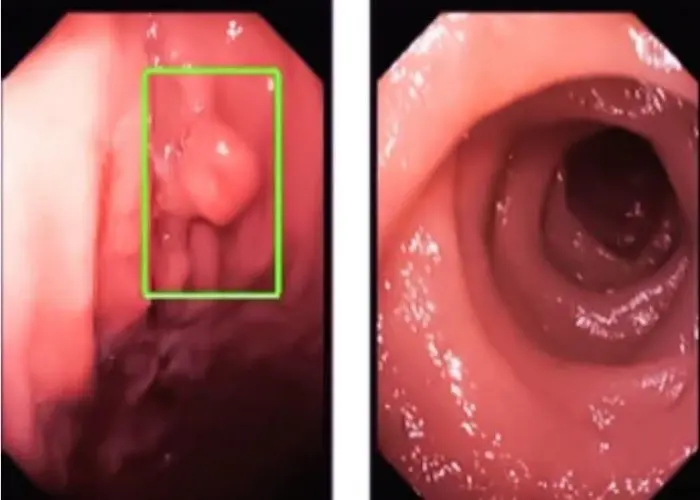
Colon polyps
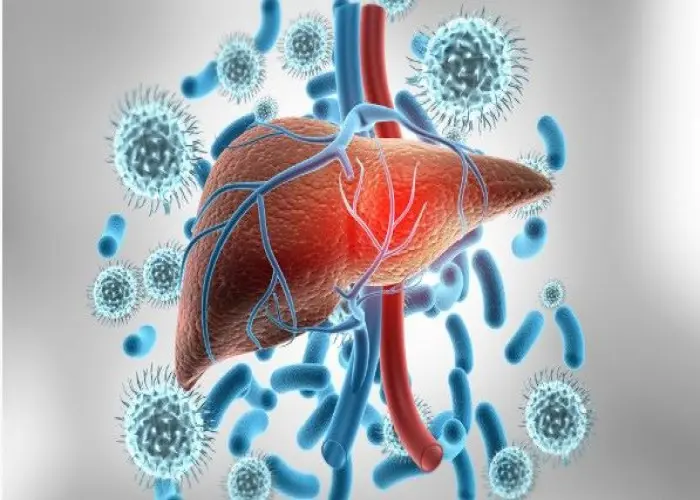
Hepatitis C

Dry eyes
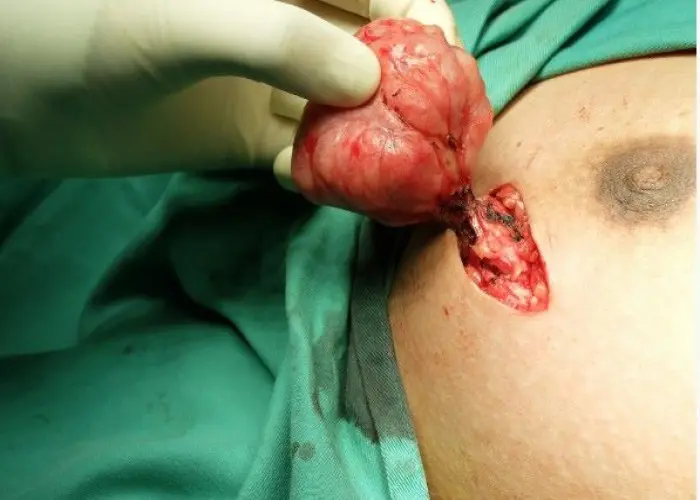
Fibroadenoma
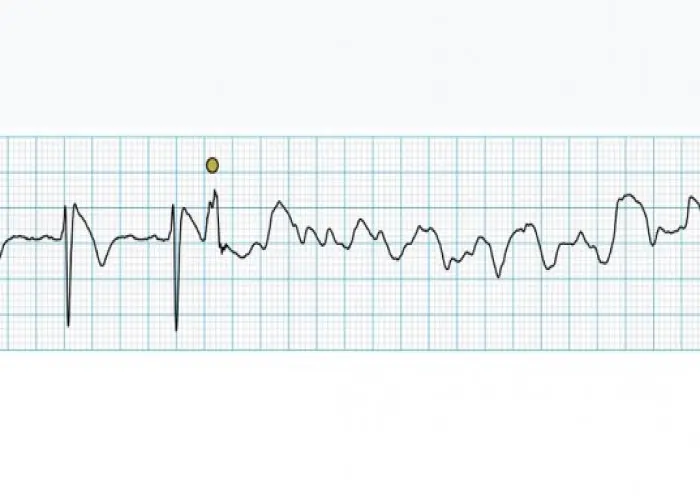
Brugada syndrome

Ankylosing spondylitis
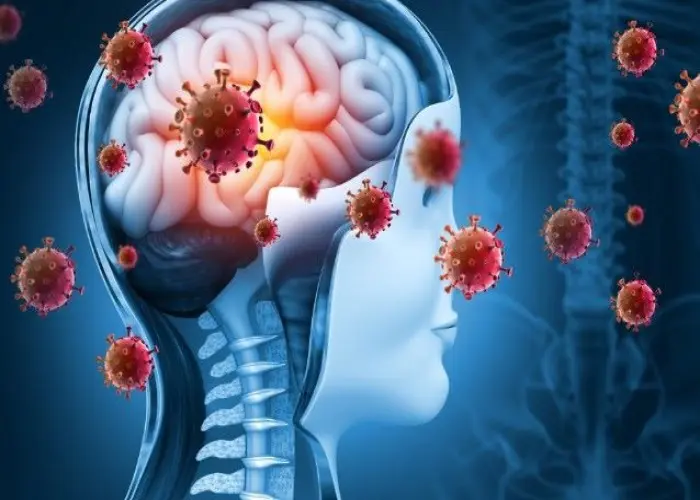
Encephalitis
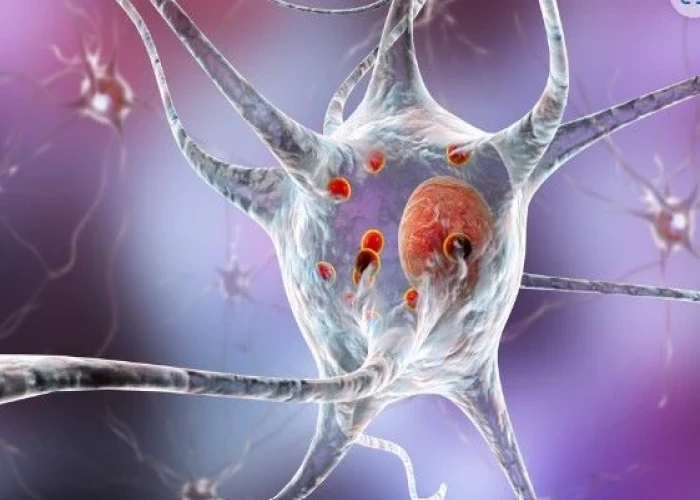
Lewy body dementia
hydrocephalus, হাইড্রোসেফালাস
To be happy, beautiful, healthy, wealthy, hale and long-lived stay with DM3S.
